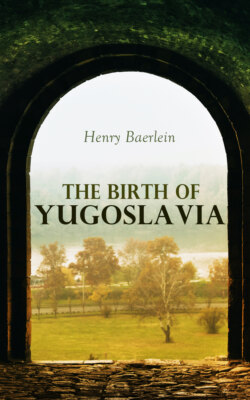Читать книгу The Birth of Yugoslavia - Henry Baerlein - Страница 51
На сайте Литреса книга снята с продажи.
AND THE ORTHODOX CHURCH
ОглавлениеIt may be that when von Thurn also gratified a reasonable ambition of the Orthodox Church he was moved by the idea that the Roman Catholic Church of the Croats might thus to some extent be counteracted; he may, on the other hand, have been impelled by altruistic motives when he authorized the establishment of an Orthodox bishopric. Under Venice the Church had not been recognized; and after having several times almost succeeded in obtaining their bishop, a modus vivendi was at last reached in 1797, with the consent of the Senate and perhaps of Rome. Under this arrangement the Orthodox were free to profess their religion, but the Senate officially ignored their separation from the Roman Church; their priests had to obtain their rights from the Catholic bishops and allow the Catholic priests to cull certain of their legitimate revenues. And this, although the Orthodox formed one-half of the dioceses of Scardona and Šibenik, and two-thirds of that of Bocche di Cattaro. They were not more backward than the rest of the population. Von Thurn—who, they thought, knew nothing of the circumstances—was informed by them that the see of Dalmatia was vacant and that they had elected the Archmandrite Simeon Ivcović, a man universally esteemed for his prudence and wisdom. They begged von Thurn to confirm this election, and he did so.
